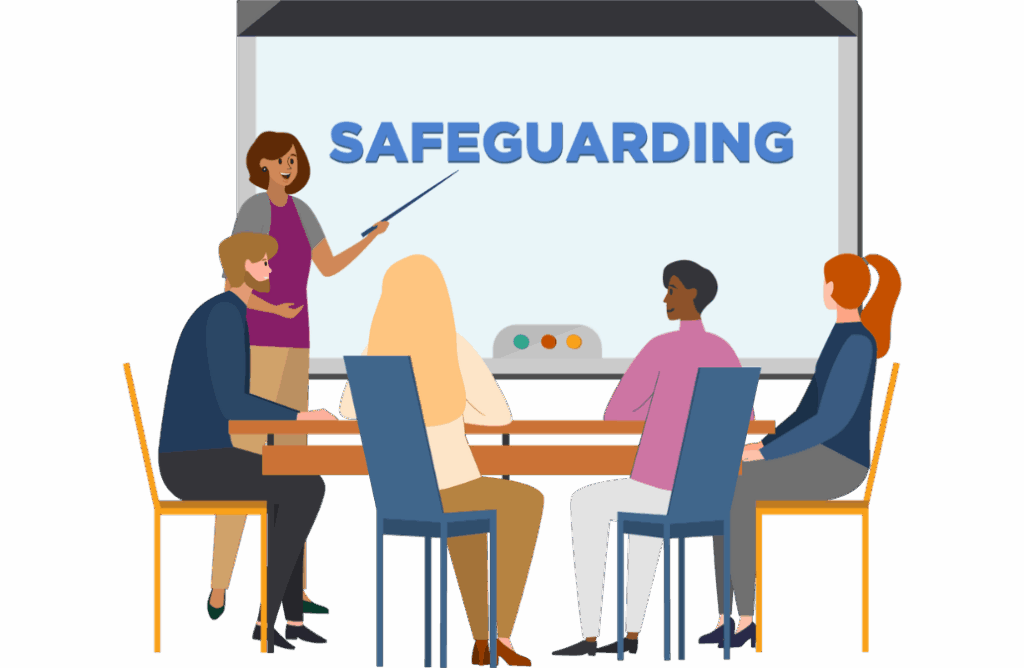Monitoring and supporting the wellbeing of students is a crucial responsibility for education staff, but it can also be a challenging task.
If a child is experiencing a low mood, they may feel more sad, tearful, worried, tired or angry than usual, or feel low and less confident about themselves – but then feel better after a few days or weeks.
But if the feeling is more than just sad or it persists for a longer time, then everyday sadness or low mood may move into something more serious such as depression. Children and young people may see themselves and the future in a negative way, feel hopeless, or no longer feel or seem themselves.
According to the Children’s Society, the likelihood of young people experiencing mental health issues has increased by 50%, and now in a classroom of 30, five children are likely to suffer from such conditions. Therefore, it is important that teachers, and all those working with children, understand the significance of low mood and how it can be a significant indicator of wider safeguarding concerns which may require intervention.
Many factors can contribute to low mood and effect the overall wellbeing of students. For vulnerable children to access the support they need, it’s essential that these factors can be identified and addressed effectively.
In this blog, we highlight four key safeguarding concerns to look out for in relation to low mood:
1. Abuse or neglect
Children who experience abuse or neglect may show signs of low mood, anxiety, or depression. Neglect may also be identified by physical signs, such as malnutrition. These physical and emotional responses may be a direct reaction from the abuse or neglect itself, or from the ongoing stress that these experiences can cause.
Monitoring these associated behaviours can prompt further interventions, allowing safeguarding teams to identify and address any underlying issues.
2. Bullying
Bullying can have a significant impact on a child’s emotional wellbeing. It can cause feelings of isolation, low self-esteem, and anxiety. The risk of depression in children and adolescents who are bullied is also 2.8 times higher, compared to those who are not, highlighting the importance of this issue for children’s wellbeing.
As technology has changed, bullying can be more difficult to recognise or address, particularly in cases of cyberbullying. Remaining vigilant and capturing even the smallest of concerns, particularly if a pupil may be displaying signs of anxiety that could indicate bullying, is essential for schools and safeguarding teams to put the pieces of the puzzle together and identify where a child is at risk.
3. Family problems
Children facing challenges at home such as domestic violence, parental substance misuse, or mental health issues may also experience low mood and display changes in their wellbeing. In these situations, low mood amongst children can be an indicator that additional support is required – both for the child and their family.
Effective communication between education settings and the appropriate agencies in the local authority, such as the police or social services, is vital when signs of domestic violence are spotted.
4. Mental health concerns
Students experiencing mental health issues like depression, anxiety or even suicidal thoughts, may initially manifest these issues through displaying signs of low mood and changes to their behaviour. In these cases, additional support, including referrals to mental health services, may be needed. Early intervention is key when it comes to tackling mental health issues. Monitoring for low mood, alongside any other warning signs such as self-harming or losing interest in self-care, can ensure that children receive the necessary support as quickly as possible, leading to the best possible outcomes.
How CPOMS can help
Safeguarding solutions like CPOMS, are an invaluable tool which can be used to measure and monitor students’ mood and wellbeing. CPOMS integrations, such as youHQ, can help staff to identify students experiencing low mood. This ensures fast and efficient support for those who need it most, which simply wouldn’t be possible without the means to keep a full chronology of concerns for each and every pupil.
CPOMS software can help school staff to monitor the mood and wellbeing of students by:
- Helping to create a personalised and chronological report of a child’s safeguarding history. This allows safeguarding teams to identify emerging patterns of low mood as well as their potential causes and ensure that those at-risk receive support as quickly as possible. The youHQ integration for instance, uses wellbeing and emoji-based surveys to capture information about students to provide a clearer picture of their wellbeing over time. If any information collected by integration like YouHQ, suggests that a student might be at high-risk of harm, it can be automatically pushed to CPOMS for continual monitoring or additional action to be taken.
- Allowing users to create individual and customisable tags such as ‘low mood’. By providing an easy and efficient way to record and monitor information, CPOMS helps staff to ensure that no information falls through the gaps and the signs of safeguarding concerns aren’t missed. With customisable categories, DSLs can produce a full report of a child’s history and pinpoint specific events or issues which could indicate more severe issues to be addressed.
- Making safe and secure information sharing easy between schools and local authorities. CPOMS Engage software allows an immediate exchange of information between local authorities, social services and other agencies responsible for the safeguarding of children in a safe and secure manner. The simplicity and speed at which safeguarding information can be shared securely through the system helps to ensure a timely and collaborative approach to students’ safety and wellbeing at every point of contact.
Summary
The record number of children in mental health crisis in England, highlights why schools, alternative settings and organisations working with children must prioritise children’s wellbeing as part of their safeguarding strategies. With one in six children likely to have a mental health condition, it is vital that schools and educational settings invest in the appropriate tools and technology to be able to easily record and monitor any wellbeing-related concerns to identify patterns and trends which can in turn help shape the support required by a child.
To find out more about how CPOMS safeguarding software solutions can be used to benefit your setting, book a free demo today.




